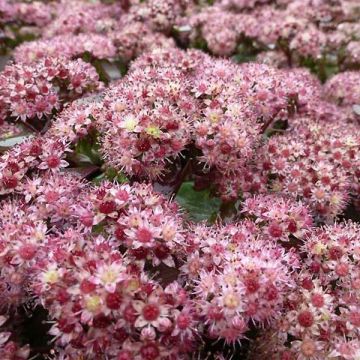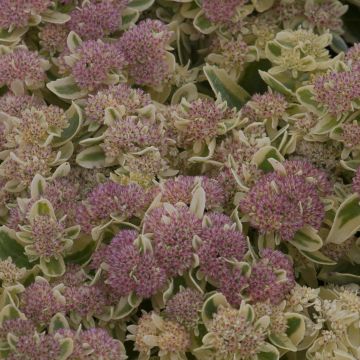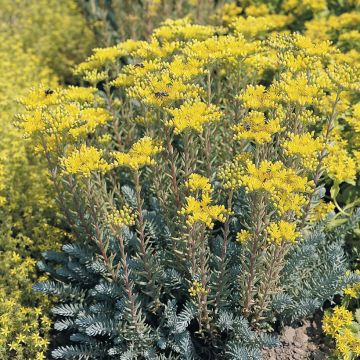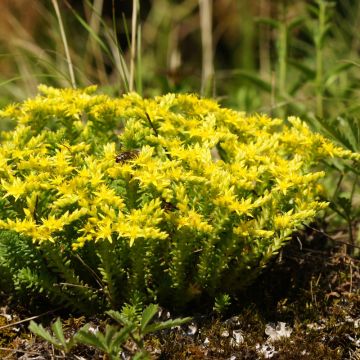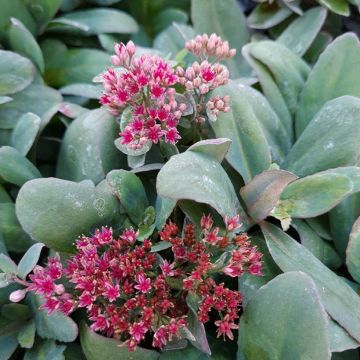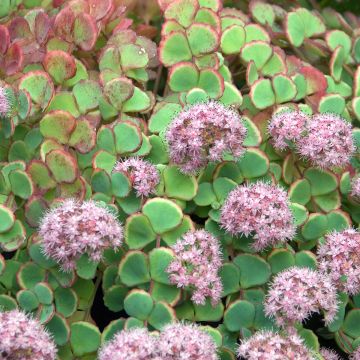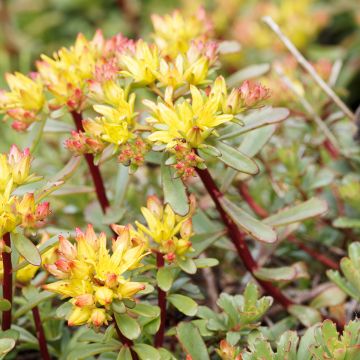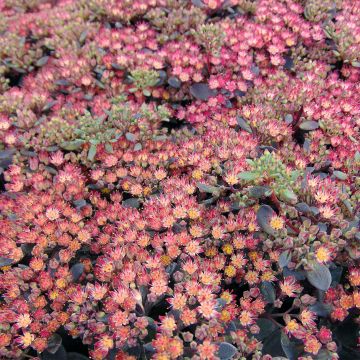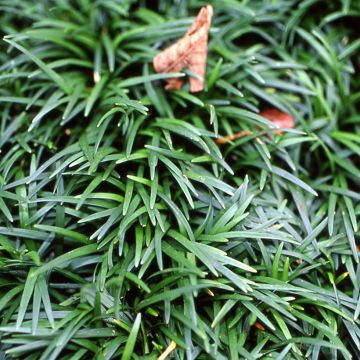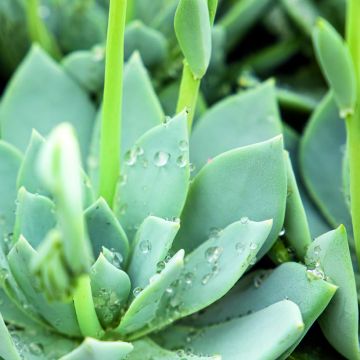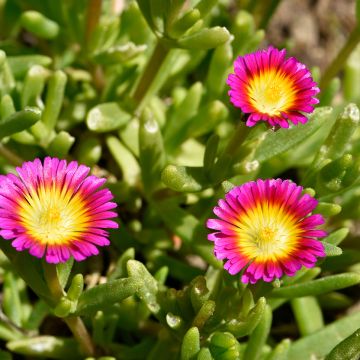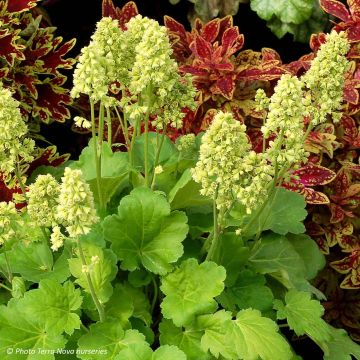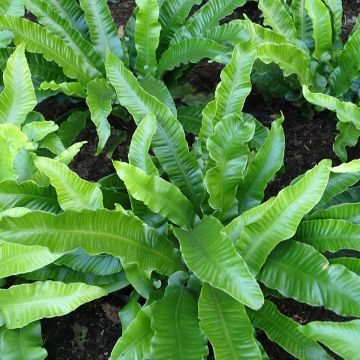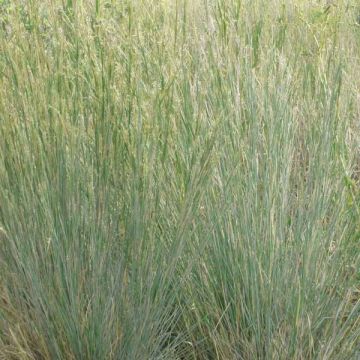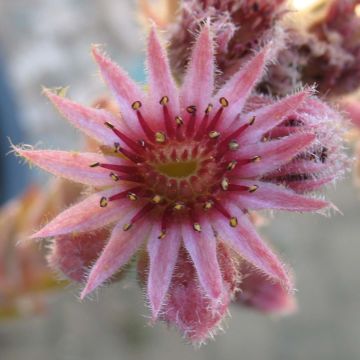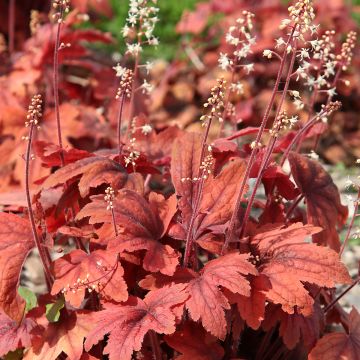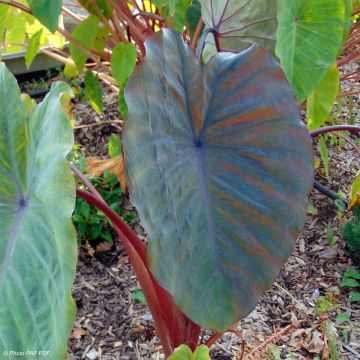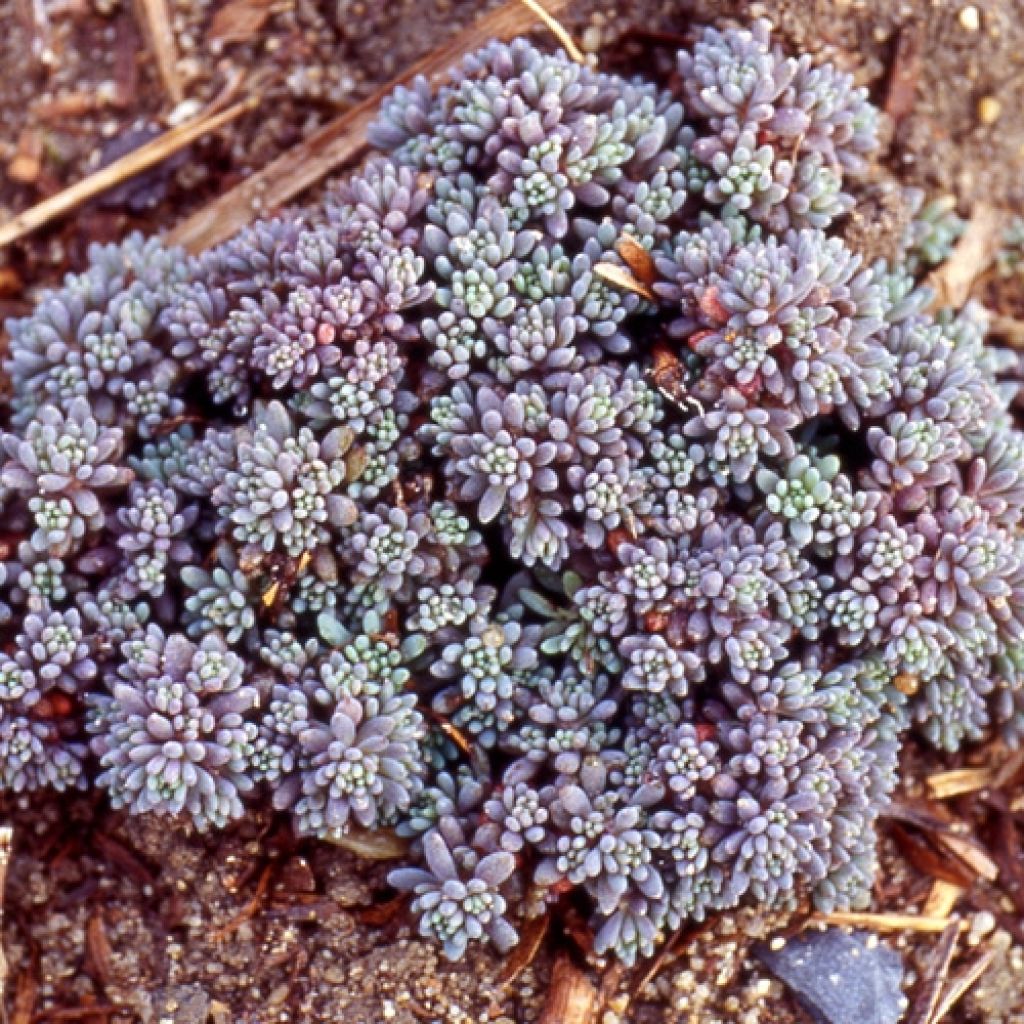

Sedum lydium Glaucum - Stonecrop
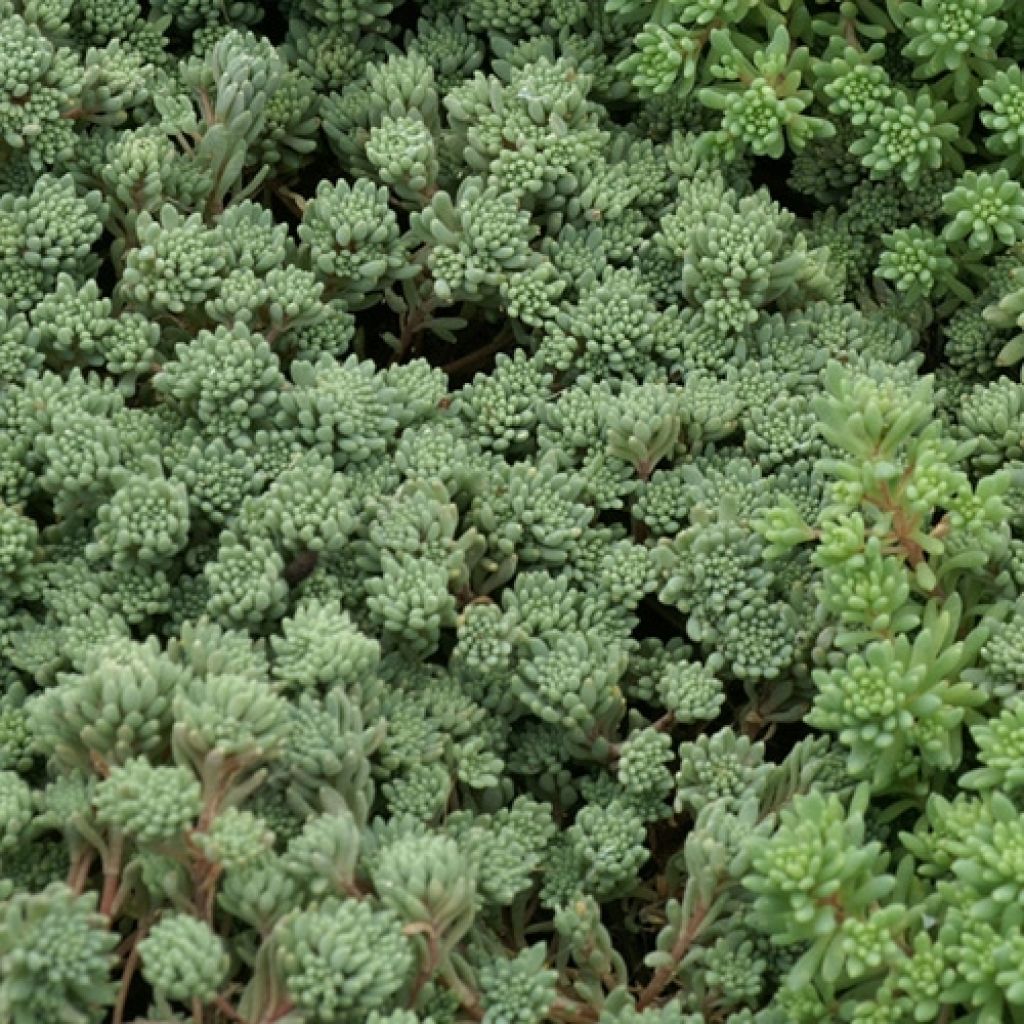

Sedum lydium Glaucum - Stonecrop
Sedum lydium Glaucum - Stonecrop
Sedum lydium Glaucum
Least Stonecrop
young plant infested with scale insects. I've taken cuttings. Let's see if they root.
Evelyne, 19/02/2022
This item cannot be shipped to the selected country
Delivery charge from €5.90
More information
Schedule delivery date,
and select date in basket
This plant carries a 12 months recovery warranty
More information
We guarantee the quality of our plants for a full growing cycle, and will replace at our expense any plant that fails to recover under normal climatic and planting conditions.
From €5.90 for pickup delivery and €6.90 for home delivery
Express home delivery from €8.90.

Does this plant fit my garden?
Set up your Plantfit profile →
Description
Sedum lydium 'Glaucum', also known as Sedum hispanicum glaucum, is a small stonecrop with a very prostrate habit. It is particularly beautiful with its sculptural design, bluish colour tinged with mauve-pink, and dense spreading habit. Its stems, which develop close to the ground, bear compact rosettes of tiny fleshy leaves. Its vegetation follows the contours of the ground, filling in the gaps where it takes root. This small perennial is a jewel for rockeries, walls, and green roofs, as well as dry to arid areas lacking depth. It should always be in full sun.
Sedum lydium 'Glaucum' seems to be a selection with glaucous leaves derived from S. hispanicum (the Spanish stonecrop), native to mountainous regions of Eastern and Southern Europe. It is a very hardy plant belonging to the Crassulaceae family. The 'Glaucum' cultivar is a semi-stoloniferous plant with a spreading habit, reaching a height of 5cm (2in) and slowly spreading to a width of 40cm (16in). Its long fleshy and branching stems are capable of rooting on contact with the soil. They bear, on their upright tips, compact rosettes composed of multiple small cylindrical and tapered succulent leaves. This foliage persists throughout winter. It is bluish-green in colour, quickly turning greyish-blue. In summer, under intense sunlight and heat, the leaves take on mauve to pink hues. Cold temperatures can also affect the colour of the flowers. The more sun the plant receives and the poorer the soil, the more compact, thick, and colourful it will be. The flowering is rare and not very abundant in this variety. When it does occur, in July-August, it takes the form of small star-shaped flowers ranging from whitish to pink.
Stonecrops are proof that poor soil can provide a home to beautiful specimens with generous flowering. If your soil is not rich, rather dry, even rocky, or even slightly chalky, you can still benefit from these hardy perennials (they withstand temperatures below -15°C (5°F)). They require no maintenance and promise to enliven the garden with visits from butterflies. These succulents are easy to grow and have flowers and foliage in various shades that can create multiple palettes, whether in flower beds or containers. However, you can still grow them in rich, moist, and heavy substrate. They will acclimatise without any problems if you take care to add gravel. They should not be subjected to excess moisture in winter or be covered with dead leaves, as this may cause them to deteriorate.
Sedum lydium 'Glaucum', less invasive than S. acre, is valuable for adding colour to all sunny corners. Plant it along pathways, at the edge of a patio, on a wall, in a rockery, or in pots that you can move according to your desires. It combines easily with all rockery plants, requires no monitoring, and adds a sculptural touch to dry banks. It is suitable for green roofs as well. It will create a bright foreground that attracts attention under evergreen hedges (south-facing), where the soil is often poor, light, and dry.
Report an error about the product description
Sedum lydium Glaucum - Stonecrop in pictures
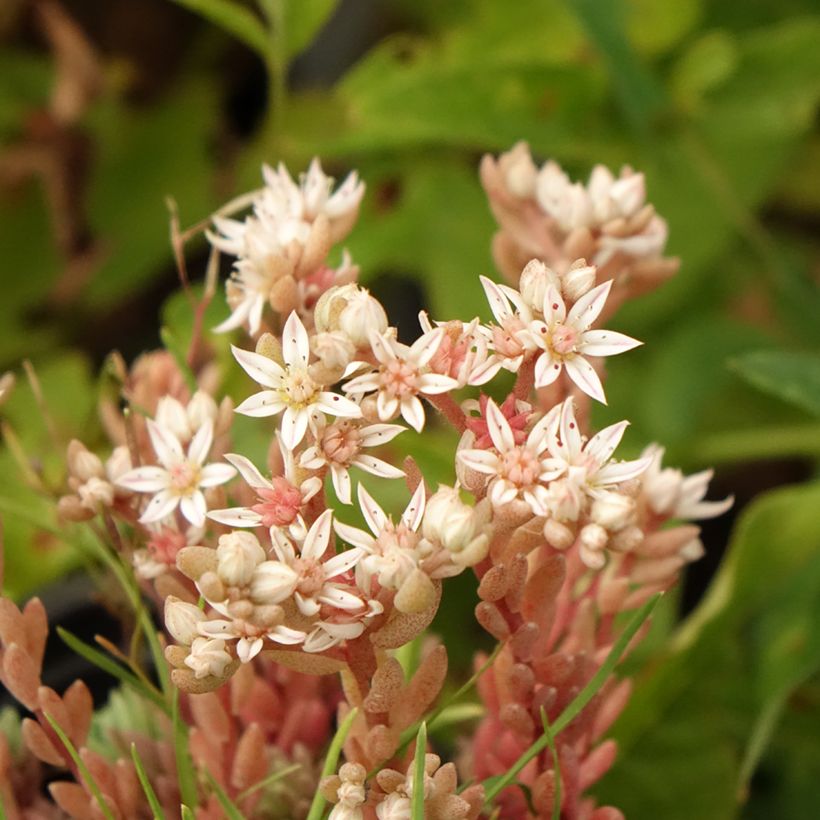

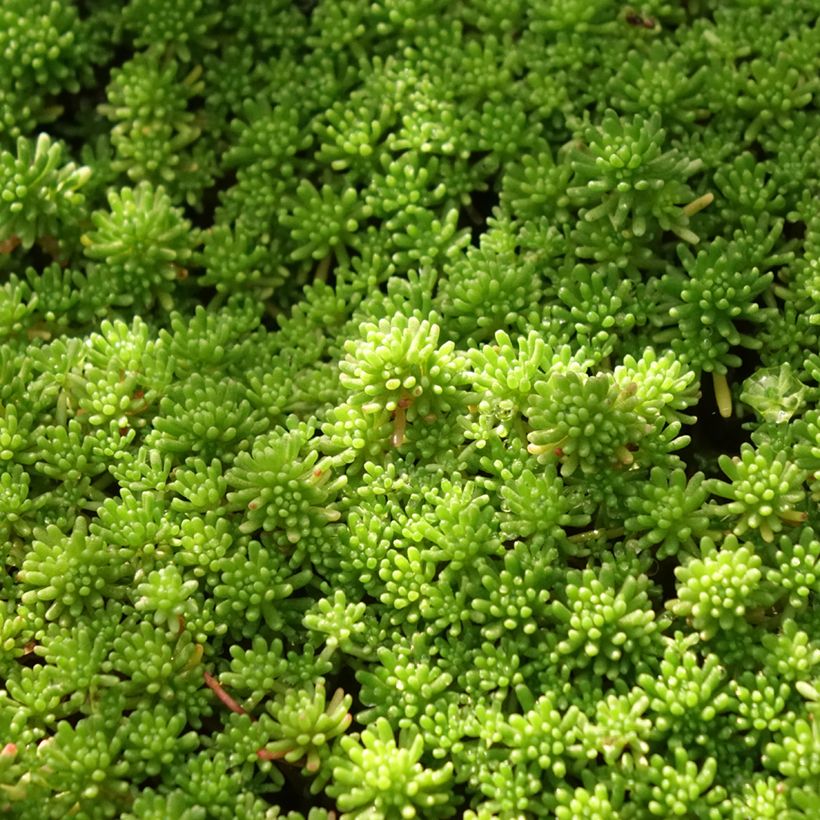

Flowering
Foliage
Plant habit
Botanical data
Sedum
lydium
Glaucum
Crassulaceae
Least Stonecrop
Southern Europe
Other Sedum
Planting and care
Sedum lydium 'Glaucum' loves very sunny exposures and dry, rocky and poor soils, even limestone. You can plant it in spring or autumn in the ground or in a container. Ensure the soil is well-drained. Add gravel, if necessary, to clayey and/or very wet soil. On a rockery or along a wall, just give it a little potting soil to help it to establish. Afterwards, it will take care of itself.
If you want to propagate it, simply cut some already attached roots from their support and replant them by burying them slightly.
Take care of it by making sure it doesn't get covered with dead leaves or vegetation residues and by possibly removing the small faded inflorescences.
Planting period
Intended location
Care
-
, onOrder confirmed
Reply from on Promesse de fleurs
Coloured foliage perennials
Haven't found what you were looking for?
Hardiness is the lowest winter temperature a plant can endure without suffering serious damage or even dying. However, hardiness is affected by location (a sheltered area, such as a patio), protection (winter cover) and soil type (hardiness is improved by well-drained soil).

Photo Sharing Terms & Conditions
In order to encourage gardeners to interact and share their experiences, Promesse de fleurs offers various media enabling content to be uploaded onto its Site - in particular via the ‘Photo sharing’ module.
The User agrees to refrain from:
- Posting any content that is illegal, prejudicial, insulting, racist, inciteful to hatred, revisionist, contrary to public decency, that infringes on privacy or on the privacy rights of third parties, in particular the publicity rights of persons and goods, intellectual property rights, or the right to privacy.
- Submitting content on behalf of a third party;
- Impersonate the identity of a third party and/or publish any personal information about a third party;
In general, the User undertakes to refrain from any unethical behaviour.
All Content (in particular text, comments, files, images, photos, videos, creative works, etc.), which may be subject to property or intellectual property rights, image or other private rights, shall remain the property of the User, subject to the limited rights granted by the terms of the licence granted by Promesse de fleurs as stated below. Users are at liberty to publish or not to publish such Content on the Site, notably via the ‘Photo Sharing’ facility, and accept that this Content shall be made public and freely accessible, notably on the Internet.
Users further acknowledge, undertake to have ,and guarantee that they hold all necessary rights and permissions to publish such material on the Site, in particular with regard to the legislation in force pertaining to any privacy, property, intellectual property, image, or contractual rights, or rights of any other nature. By publishing such Content on the Site, Users acknowledge accepting full liability as publishers of the Content within the meaning of the law, and grant Promesse de fleurs, free of charge, an inclusive, worldwide licence for the said Content for the entire duration of its publication, including all reproduction, representation, up/downloading, displaying, performing, transmission, and storage rights.
Users also grant permission for their name to be linked to the Content and accept that this link may not always be made available.
By engaging in posting material, Users consent to their Content becoming automatically accessible on the Internet, in particular on other sites and/or blogs and/or web pages of the Promesse de fleurs site, including in particular social pages and the Promesse de fleurs catalogue.
Users may secure the removal of entrusted content free of charge by issuing a simple request via our contact form.
The flowering period indicated on our website applies to countries and regions located in USDA zone 8 (France, the United Kingdom, Ireland, the Netherlands, etc.)
It will vary according to where you live:
- In zones 9 to 10 (Italy, Spain, Greece, etc.), flowering will occur about 2 to 4 weeks earlier.
- In zones 6 to 7 (Germany, Poland, Slovenia, and lower mountainous regions), flowering will be delayed by 2 to 3 weeks.
- In zone 5 (Central Europe, Scandinavia), blooming will be delayed by 3 to 5 weeks.
In temperate climates, pruning of spring-flowering shrubs (forsythia, spireas, etc.) should be done just after flowering.
Pruning of summer-flowering shrubs (Indian Lilac, Perovskia, etc.) can be done in winter or spring.
In cold regions as well as with frost-sensitive plants, avoid pruning too early when severe frosts may still occur.
The planting period indicated on our website applies to countries and regions located in USDA zone 8 (France, United Kingdom, Ireland, Netherlands).
It will vary according to where you live:
- In Mediterranean zones (Marseille, Madrid, Milan, etc.), autumn and winter are the best planting periods.
- In continental zones (Strasbourg, Munich, Vienna, etc.), delay planting by 2 to 3 weeks in spring and bring it forward by 2 to 4 weeks in autumn.
- In mountainous regions (the Alps, Pyrenees, Carpathians, etc.), it is best to plant in late spring (May-June) or late summer (August-September).
The harvesting period indicated on our website applies to countries and regions in USDA zone 8 (France, England, Ireland, the Netherlands).
In colder areas (Scandinavia, Poland, Austria...) fruit and vegetable harvests are likely to be delayed by 3-4 weeks.
In warmer areas (Italy, Spain, Greece, etc.), harvesting will probably take place earlier, depending on weather conditions.
The sowing periods indicated on our website apply to countries and regions within USDA Zone 8 (France, UK, Ireland, Netherlands).
In colder areas (Scandinavia, Poland, Austria...), delay any outdoor sowing by 3-4 weeks, or sow under glass.
In warmer climes (Italy, Spain, Greece, etc.), bring outdoor sowing forward by a few weeks.

































